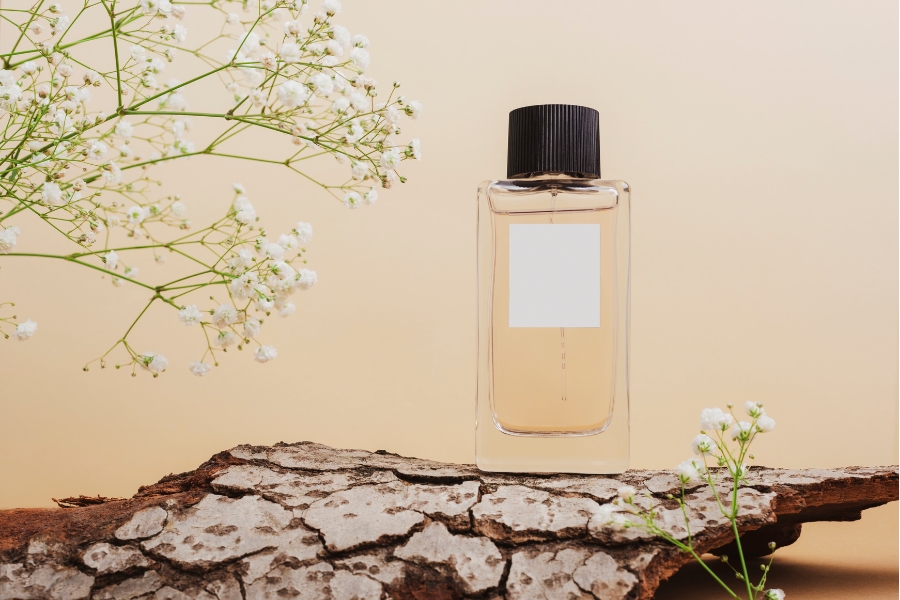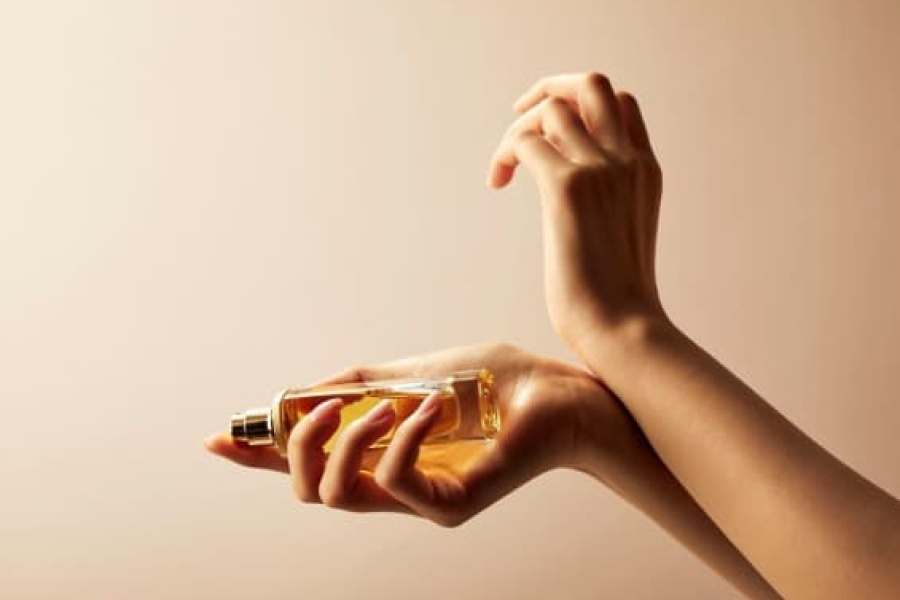
Trending Topics in Fragrance and Beauty
Middle Eastern Fragrances: A World of Unique Scents
Fragrances hold a timeless power, evoking emotions and memories, while transporting us to different places and times. Among the world’s most captivating scents are those hailing from the Middle East—a region renowned for its mastery in perfumery for centuries. These perfumes, steeped in ancient traditions, offer a sensory experience like no other, blending exotic and luxurious ingredients. Today, Middle Eastern fragrances are gaining global recognition for their depth, complexity, and allure. In this post, we’ll delve into the fascinating history of Middle Eastern perfumes, their unique ingredients, and the reasons behind their rise as a global trend.
The Ancient History of Middle Eastern Fragrances
The art of perfumery has deep roots in Middle Eastern culture, dating back thousands of years. The region’s strategic location on ancient trade routes made it a hub for the exchange of rare and valuable aromatic materials. Cities like Cairo, Baghdad, and Damascus became centers for the production and trade of perfumes, attracting merchants from around the world.
Historically, perfumes in the Middle East were more than just a luxury—they were an integral part of religious rituals, medicinal practices, and social gatherings. Fragrances were believed to connect individuals to the divine, and their use in spiritual ceremonies was common across ancient civilizations, including the Egyptians, Persians, and Mesopotamians. Ingredients like frankincense, myrrh, and saffron were prized not only for their aromatic properties but also for their spiritual significance.
Perfume-making in the Middle East was considered both an art and a science, with highly skilled perfumers developing complex blends of oils, resins, and spices. These techniques were passed down through generations, ensuring that Middle Eastern perfumes retained their cultural and artistic significance. Today, many Middle Eastern fragrance houses still follow these age-old methods, using traditional ingredients to create perfumes that honor their heritage while appealing to modern tastes.
Unique Ingredients in Middle Eastern Fragrances
What sets Middle Eastern perfumes apart from their Western counterparts is the use of rare, luxurious, and natural ingredients that lend depth and richness to the scents. Unlike the light, floral notes often found in Western perfumes, Middle Eastern fragrances are known for their intense, long-lasting compositions that evolve on the skin throughout the day.
One of the most iconic ingredients in Middle Eastern perfumery is oud, also known as “liquid gold.” Oud is derived from the heartwood of the agarwood tree, which becomes infected with a specific type of mold. As the tree reacts to the infection, it produces a dark, resinous substance that is harvested to create oud. This rich, woody, and slightly sweet aroma is both complex and intoxicating, often used as the base note in many Middle Eastern perfumes. Its rarity and lengthy production process make it one of the most expensive ingredients in the world.
Other key ingredients include frankincense and myrrh, two ancient resins that have been used for thousands of years in the Middle East for both religious and medicinal purposes. Frankincense has a warm, spicy, and slightly citrusy scent, while myrrh offers a deeper, earthy aroma. When combined, they create a unique, resinous fragrance that is deeply evocative.
Middle Eastern perfumes also feature notes of rose, saffron, amber, and musk, adding layers of complexity to the scent. These ingredients are often used in high concentrations, giving the perfumes their bold, long-lasting quality. As the scent develops on the skin, different notes reveal themselves, creating a multi-dimensional fragrance experience that is as dynamic as it is luxurious.
The Global Appeal of Middle Eastern Scents
In recent years, Middle Eastern fragrances have captured the attention of fragrance enthusiasts around the world. The rise in their global popularity can be attributed to several factors, one of which is the growing demand for more unique and exotic fragrances. Western consumers, in particular, are drawn to the bold, intense nature of Middle Eastern perfumes, which stand out from the more commercialized scents often found in the Western market.
Another reason behind the global trend is the shift toward natural and sustainable ingredients in perfumery. As consumers become more conscious of the quality and sourcing of the products they use, Middle Eastern perfumes, with their use of high-quality, natural ingredients like oud, amber, and rose, are seen as a luxury alternative to synthetic perfumes.
Luxury perfume brands in the West have also started to incorporate Middle Eastern notes into their fragrances, further fueling interest in these exotic scents. Perfumers are increasingly blending oud, frankincense, and saffron into their creations, merging Eastern and Western traditions to create unique, modern fragrances that appeal to a broader audience.
The craftsmanship involved in Middle Eastern perfumery is another aspect that attracts global consumers. Many Middle Eastern perfumes are still made using traditional techniques, with the creation of each fragrance seen as a labor of love. This dedication to quality and artistry resonates with consumers who value authenticity and craftsmanship in their products.
Conclusion: A Journey of Scent and Tradition
Middle Eastern fragrances offer a sensory journey like no other, combining centuries-old traditions with some of the world’s most luxurious ingredients. Their deep, rich, and complex aromas captivate the senses, making them a standout in the world of perfumery. As these exotic scents continue to gain popularity around the globe, they bring with them a piece of the Middle East’s rich cultural heritage and a timeless elegance that transcends borders.
Whether you’re drawn to the intoxicating scent of oud or the warm spice of frankincense, Middle Eastern fragrances invite you to explore a world where tradition and modernity blend seamlessly. With their increasing presence in the global market, these perfumes are more than just a trend—they are a testament to the enduring appeal of craftsmanship, luxury, and the power of scent.



